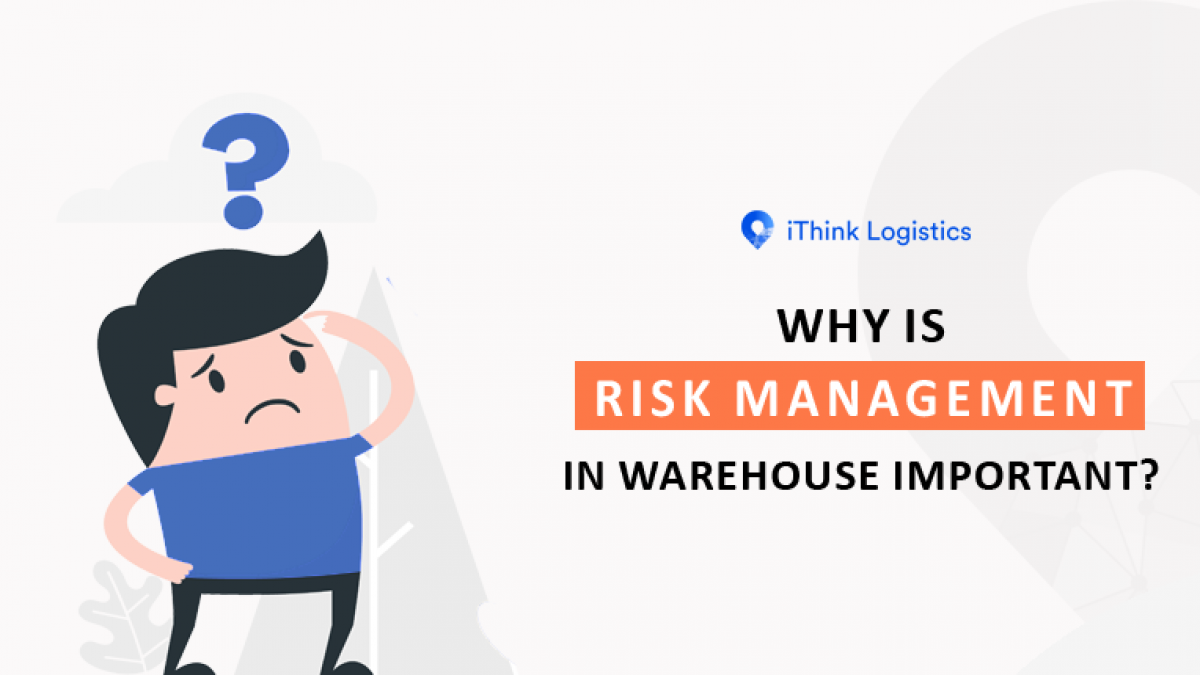The Essential Importance of Risk Management in Monetary Decision Making
The Essential Importance of Risk Management in Monetary Decision Making
Blog Article
The Significance of Recognizing the Importance of Risk Management in Different Industries

The Core Concept of Risk Management and Its Objective
Risk Management, the cornerstone of numerous sectors, pivots on the recognition, examination, and mitigation of unpredictabilities in a service atmosphere. By appropriately recognizing potential threats, companies can create methods to either prevent these threats from taking place or minimize their influence. Once risks have actually been determined and assessed, the reduction process includes developing methods to minimize their potential impact.
Benefits of Carrying Out Risk Management in Organization Workflow

Unveiling the Function of Risk Management in Different Industries
While every sector confronts its one-of-a-kind collection of threats, the implementation of Risk Management techniques remains a common measure in their quest of sustainability and development. In the healthcare industry, Risk Management entails making certain individual safety and data security, while in financing, it entails mitigating financial investment risks and ensuring regulative conformity (importance of risk management). Building business concentrate on worker safety, project delays, and budget plan overruns. In the technology sector, companies mitigate cybersecurity threats and modern technology obsolescence. Inevitably, the function of Risk Management across markets is to determine, assess, and visit here mitigate risks. It is a crucial part of tactical preparation, allowing companies to shield their assets, make best use of opportunities, and accomplish their goals.
Real-life Situation Studies Demonstrating Successful Risk Management
To comprehend the relevance of Risk Management in these numerous sectors, one can aim to numerous real-life circumstances that illustrate the effective application of these steps. For circumstances, in the power industry, British Oil established Risk mitigation prepares post the 2010 Gulf of Mexico oil spill. They carried out far better security treatments and more stringent guidelines which considerably decreased further accidents. Similarly, in financing, Goldman Sachs successfully browsed the 2008 economic situation by recognizing possible mortgage-backed safety and securities risks early. Toyota, post anchor the 2011 quake in Japan, revised its supply chain Management to decrease disturbance risks. These instances demonstrate how markets, picking up from dilemmas, effectively used Risk Management approaches to lower future threats.
Future Trends and Developments in Risk Management Techniques
Cybersecurity, as soon as an outer concern, has catapulted to the center of Risk Management, with strategies focusing on response, prevention, and detection. The integration of ESG (Environmental, Social, Governance) variables into Risk Management is an additional growing trend, showing the boosting recognition of the role that ecological and social risks play in organization sustainability. Hence, the future of Risk Management lies in the blend of advanced modern technology, ingenious strategies, and an alternative strategy.
Conclusion
To conclude, recognizing the importance of Risk Management across a range of sectors is important for their durability and success. Tailored approaches can aid alleviate prospective threats, secure properties, and foster stakeholder trust. Additionally, proactive decision-making help in regulatory conformity and optimizes source use. Eventually, effective Risk Management contributes to more resistant and sustainable companies, highlighting the relevance of this technique in today's very competitive and vibrant service atmosphere.
While every industry challenges its unique collection of risks, the implementation of Risk Management methods stays a common in their pursuit of sustainability and growth. In the health care industry, Risk Management involves ensuring patient safety and security and data click over here now security, while in financing, it entails mitigating investment dangers and making certain regulative compliance. Ultimately, the function of Risk Management throughout markets is to determine, evaluate, and mitigate threats. These cases show just how markets, finding out from dilemmas, properly used Risk Management approaches to minimize future risks.

Report this page